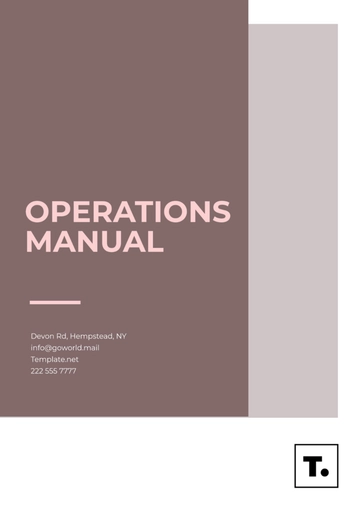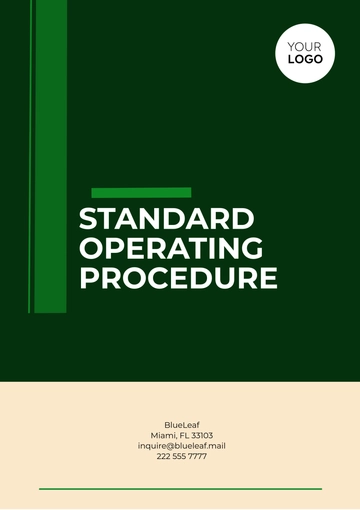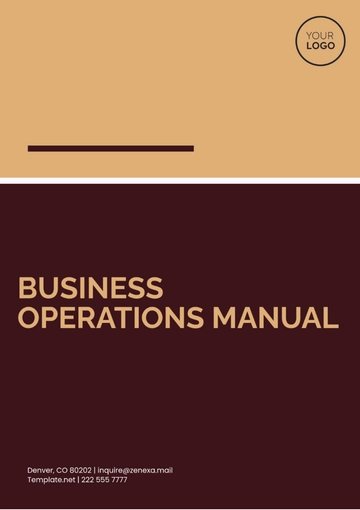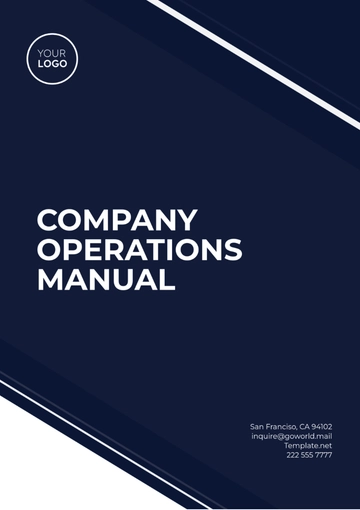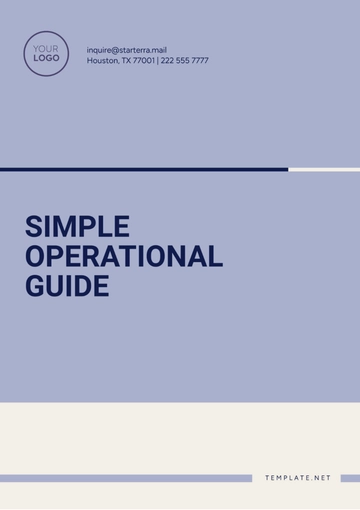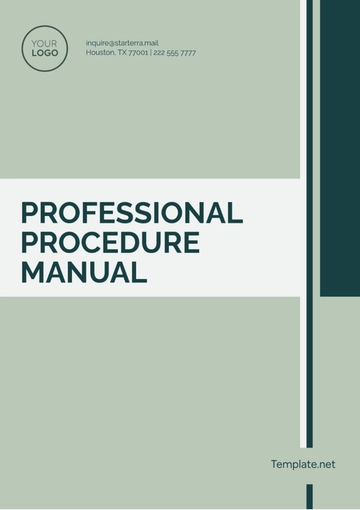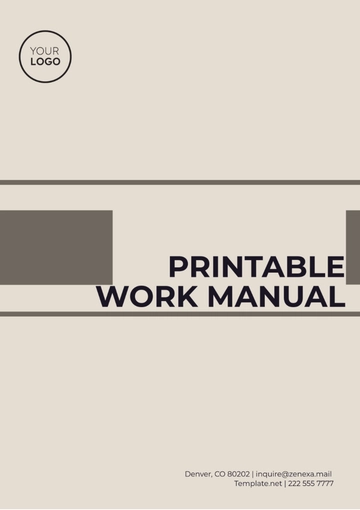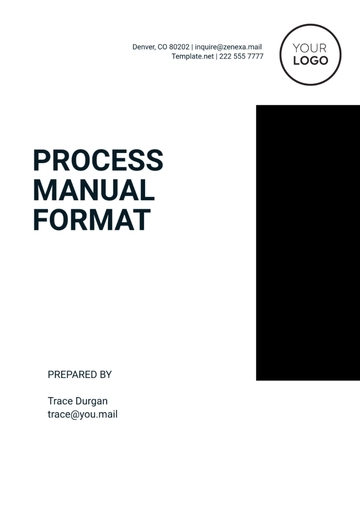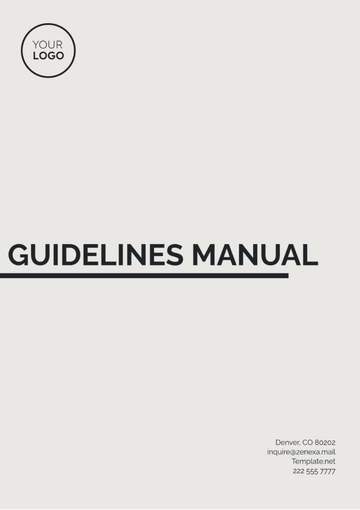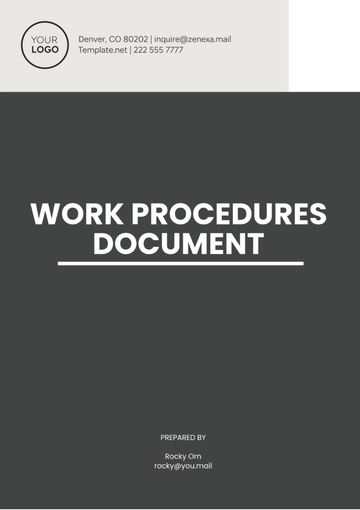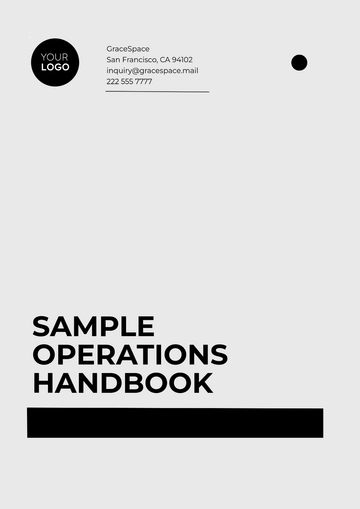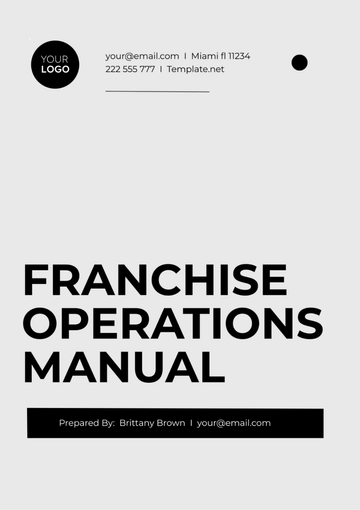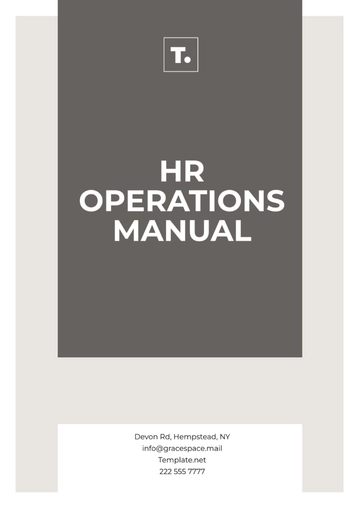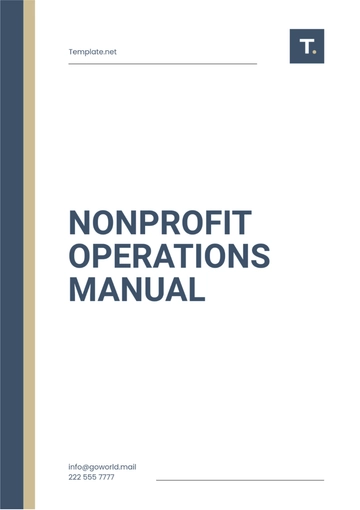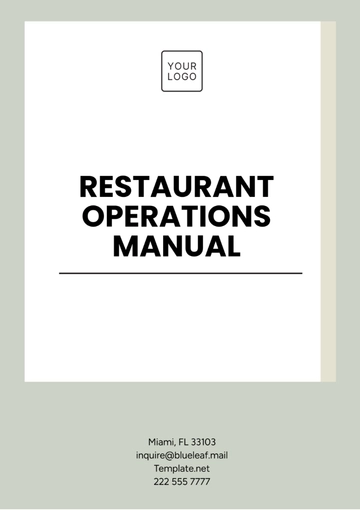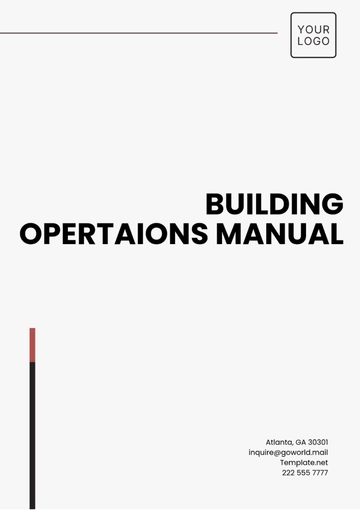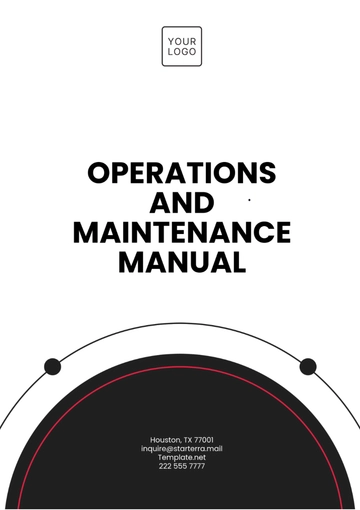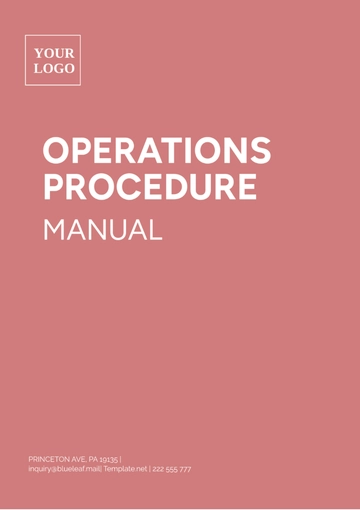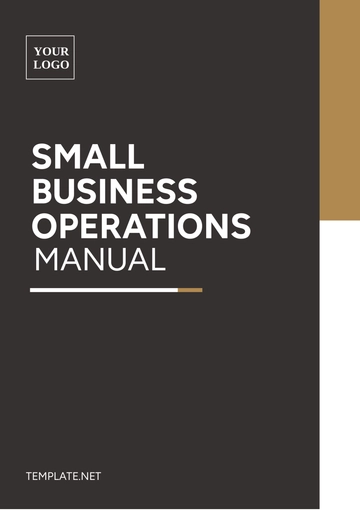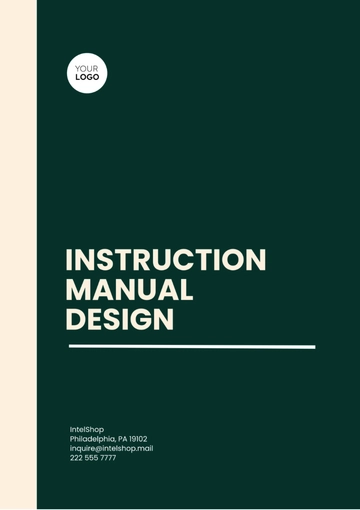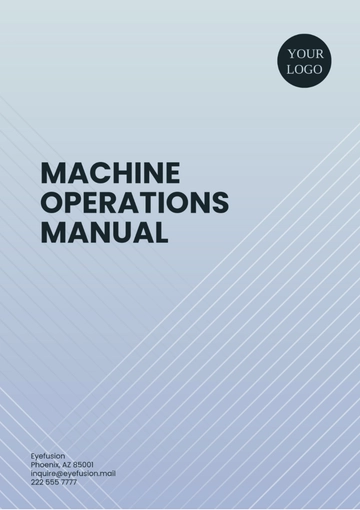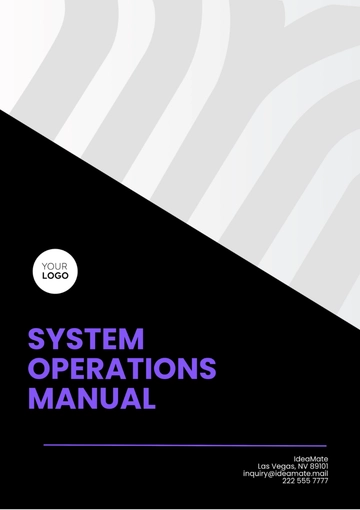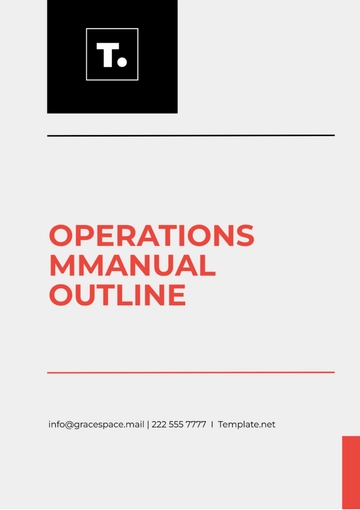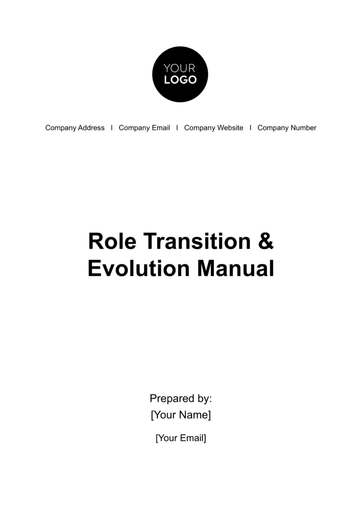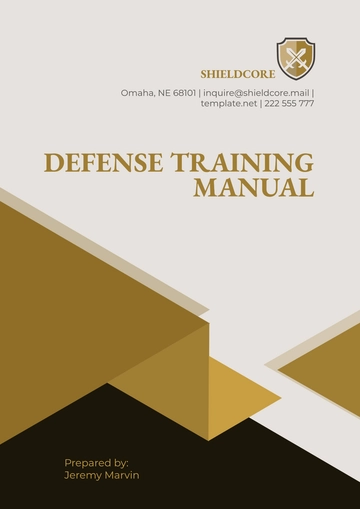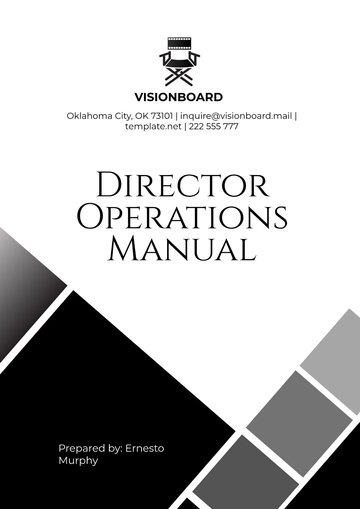Free Grocery Store Compliance Manual

I. Introduction
A. Purpose of the Manual
The purpose of [Your Company Name]'s Grocery Store Compliance Manual is to outline the essential procedures and standards required for maintaining regulatory compliance and operational efficiency. This document serves as a comprehensive guide to ensure that all employees adhere to federal, state, and local regulations, as well as internal policies. By providing clear instructions and protocols, the manual aims to foster a safe and efficient working environment for both staff and customers.
B. Scope and Applicability
This manual applies to all personnel, including full-time and part-time employees, managers, and contractors engaged in store operations. It covers various aspects of grocery store management, from daily operational procedures to health and safety guidelines. Adherence to the policies outlined in this manual is mandatory to ensure uniformity and compliance across all store locations.
C. Definitions and Key Terms
To facilitate understanding, the manual includes definitions of key terms used throughout the document. Terms such as "compliance," referring to adherence to laws and internal policies, and "PPE" (Personal Protective Equipment), which includes gear worn for safety, are clearly defined. These definitions ensure that all readers have a consistent understanding of important concepts and terminology.
D. Manual Revision History
The revision history section tracks updates and changes made to the manual over time. It includes details such as the version number, date of revision, and a brief description of changes made. Maintaining an updated revision history is crucial for ensuring that all employees are referring to the most current guidelines and procedures.
II. Regulatory Compliance
A. Federal Regulations
Food and Drug Administration (FDA) Requirements
The FDA mandates that all food products sold must be accurately labeled with necessary information such as ingredients, allergens, and expiration dates. Compliance with FDA regulations helps ensure that consumers are informed and protected from potential health risks. Regular audits and staff training are required to maintain adherence to these standards.
Occupational Safety and Health Administration (OSHA) Standards
OSHA regulations require that grocery stores implement safety measures to prevent workplace accidents, including proper signage and training. Regular safety drills and inspections help maintain a safe working environment and reduce the risk of injury. Compliance with OSHA standards also involves documenting all safety procedures and incidents.
B. State and Local Regulations
State Health Department Guidelines
State health department guidelines provide specific requirements for food handling and sanitation that must be followed by all grocery stores. This includes maintaining proper food storage temperatures and ensuring that food handling practices are in line with state laws. Compliance with these guidelines helps prevent foodborne illnesses and ensures public safety.
Local Health and Safety Codes
Local health and safety codes address additional regulations such as store cleanliness, waste disposal, and zoning laws. These codes are enforced by local authorities to ensure that grocery stores operate within community standards. Adhering to local codes helps maintain a positive relationship with the community and regulatory agencies.
C. Licensing and Permits
Food Handling Licenses
Food handling licenses are required for all staff involved in the preparation and service of food products. These licenses must be obtained from the local health department and renewed periodically to ensure compliance with current regulations. Maintaining valid licenses is essential for lawful operation and avoiding potential fines.
Business Operation Permits
Business operation permits are issued by local government authorities and must be displayed prominently within the store. These permits cover various aspects of business operations, including health and safety compliance. Ensuring that all permits are current and properly displayed helps demonstrate the store’s commitment to regulatory compliance.
III. Operational Procedures
A. Store Operations
Store Hours and Scheduling
Store hours are set to meet customer needs and are typically from 8:00 AM to 9:00 PM Monday through Saturday, and 9:00 AM to 6:00 PM on Sundays. Employee schedules should be created and posted at least two weeks in advance to ensure adequate staffing. Adherence to store hours and scheduling procedures is crucial for maintaining operational efficiency and customer satisfaction.
Opening and Closing Procedures
Opening procedures include tasks such as checking that all equipment is operational, performing a store walk-through, and verifying inventory levels. Closing procedures involve securing all entrances, conducting a final store walk-through, and turning off equipment to ensure security and energy efficiency. Proper execution of these procedures is vital for smooth store operations and safety.
B. Inventory Management
Receiving and Stocking Products
Upon receiving deliveries, inspect all products for accuracy and quality to ensure they meet company standards. Proper stocking practices include placing items according to storage requirements and following FIFO (First In, First Out) principles to minimize waste. Effective inventory management helps maintain product quality and availability.
Inventory Control and Rotation
Regular inventory counts are essential for tracking stock levels and identifying discrepancies or potential shortages. Implementing inventory rotation practices ensures that older products are sold before newer stock, reducing spoilage and waste. Accurate inventory control supports efficient store operations and customer satisfaction.
C. Customer Service
Service Standards
Service standards include providing prompt and courteous assistance to customers at all times. Employees should be trained to handle various customer interactions professionally and effectively, addressing inquiries and resolving issues as they arise. High service standards contribute to a positive shopping experience and customer loyalty.
Handling Customer Complaints
Customer complaints should be addressed promptly and professionally, with a focus on finding satisfactory resolutions. Documenting complaints and their resolutions helps track recurring issues and improve service quality. Effective handling of complaints enhances customer satisfaction and trust in the store.
IV. Health and Safety
A. Food Safety
Proper Food Handling and Storage
Food must be handled according to established safety protocols to prevent contamination and ensure quality. This includes maintaining appropriate temperatures for storage and following proper hygiene practices. Adhering to food safety guidelines protects customer health and complies with regulatory standards.
Temperature Control and Monitoring
Regular checks and documentation of refrigerator and freezer temperatures are essential for maintaining food safety. Use calibrated thermometers to ensure accurate temperature readings and address any deviations promptly. Consistent temperature monitoring helps prevent food spoilage and ensures compliance with safety regulations.
B. Sanitation
Cleaning Procedures
Regular cleaning and sanitizing of food preparation areas, equipment, and surfaces are crucial for preventing contamination and maintaining a hygienic environment. Use approved cleaning agents and follow manufacturer instructions for effective sanitation. Implementing rigorous cleaning procedures ensures a safe and sanitary store environment.
Waste Management
Proper waste management involves disposing of waste materials in compliance with local regulations and maintaining a clean disposal area. Ensure that waste is segregated appropriately and that disposal practices minimize environmental impact. Effective waste management supports store cleanliness and regulatory compliance.
C. Safety Protocols
Personal Protective Equipment (PPE)
PPE such as gloves, aprons, and masks should be provided to employees involved in food handling and other high-risk tasks. Ensure that PPE is used correctly and maintained in good condition to protect employees from potential hazards. Providing and enforcing PPE usage is essential for workplace safety.
Hazardous Materials Handling
Store hazardous materials in designated areas with appropriate labeling and safety instructions. Train employees on safe handling procedures and emergency response protocols for hazardous materials. Proper management of hazardous materials helps prevent accidents and ensures compliance with safety regulations.
V. Employee Guidelines
A. Hiring and Training
Recruitment Procedures
The recruitment process involves posting job openings, conducting interviews, and performing background checks to ensure candidates meet the required qualifications. All job offers are contingent upon successful completion of these steps and compliance with equal opportunity laws. A structured recruitment process helps attract qualified candidates and maintain a fair hiring practice.
Employee Training Programs
Training programs are designed to provide employees with the necessary knowledge and skills to perform their duties effectively and safely. New hires undergo orientation covering store policies, food safety, and customer service protocols. Ongoing training ensures that employees stay updated on new procedures and regulatory changes.
B. Conduct and Discipline
Code of Conduct
The code of conduct outlines expected behaviors and professional standards for all employees, including punctuality, attire, and interpersonal interactions. Employees are expected to act respectfully towards colleagues and customers, and adhere to store policies at all times. Violations of the code may result in disciplinary action as outlined in the manual.
Disciplinary Actions
Disciplinary actions are implemented in response to violations of store policies or the code of conduct. The process includes verbal warnings, written warnings, and potentially more severe actions depending on the nature of the violation. Documentation of all disciplinary actions is crucial for maintaining a fair and transparent process.
C. Health and Wellness
Employee Health Policies
Employees are encouraged to report illnesses or injuries and to seek medical attention if needed. Policies are in place to support employees who are unwell and to ensure they do not work while contagious. Promoting employee health helps maintain a productive and safe work environment.
Wellness Programs
Wellness programs may include health screenings, fitness classes, and stress management workshops. These programs are designed to support employees' physical and mental well-being, contributing to overall job satisfaction and productivity. Regular participation in wellness programs is encouraged to foster a healthy work culture.
VI. Emergency Procedures
A. Emergency Response Plans
Fire Safety
Fire safety procedures include regular fire drills, installation of fire alarms and extinguishers, and clear evacuation routes. Employees receive training on how to use fire extinguishers and the actions to take during a fire emergency. Implementing these procedures ensures readiness and minimizes the risk of injury during a fire.
Medical Emergencies
Procedures for medical emergencies involve providing first aid, contacting emergency services, and maintaining a stocked first aid kit. Employees are trained to handle common medical emergencies and know how to seek professional help when needed. A swift response to medical emergencies is vital for effective treatment and recovery.
B. Incident Reporting
Reporting Procedures
All incidents, including accidents and safety hazards, must be reported to management immediately using standardized forms. Prompt reporting allows for a quick response and investigation into the cause of the incident. Ensuring that all incidents are documented helps in addressing issues and preventing future occurrences.
Incident Documentation
Detailed documentation of incidents includes the time, place, individuals involved, and a description of the incident. This documentation is reviewed to identify trends and implement corrective measures. Accurate record-keeping is essential for compliance and improving store safety practices.
C. Business Continuity
Backup Systems
Backup systems are implemented to protect critical business data and ensure operations can continue in the event of a system failure. Regular testing of backup procedures ensures data integrity and availability. Having reliable backup systems in place is crucial for maintaining business operations during disruptions.
Recovery Plans
Recovery plans outline steps for resuming business operations after a major disruption, such as a natural disaster or system failure. Plans include procedures for restoring services, communication strategies, and resource allocation. Regular updates and reviews of the recovery plan ensure preparedness for various emergency scenarios.
VII. Record Keeping
A. Documentation Requirements
Compliance Records
Compliance records include documentation of adherence to health, safety, and regulatory requirements. These records must be kept up-to-date and readily accessible for inspections and audits. Proper record-keeping demonstrates the store’s commitment to maintaining compliance and meeting regulatory standards.
Training Records
Training records detail the completion of employee training programs, including dates and topics covered. These records are essential for tracking employee development and ensuring all staff members are properly trained. Maintaining accurate training records supports ongoing employee performance and compliance.
B. Record Retention
Record Storage Guidelines
Records should be stored securely, either in physical filing cabinets or digitally in a secure system. Implementing organizational methods for easy retrieval and ensuring data security are critical for maintaining confidentiality. Proper storage of records supports efficient management and compliance with legal requirements.
Document Disposal Procedures
Documents that are no longer needed should be disposed of according to privacy and security regulations, such as shredding sensitive information. Proper disposal procedures help prevent unauthorized access to confidential information. Regular reviews of document retention policies ensure compliance and security.
C. Audits and Inspections
Internal Audits
Internal audits involve reviewing store operations, compliance with policies, and adherence to regulatory requirements. Regular internal audits help identify areas for improvement and ensure ongoing compliance. Addressing findings from audits promptly helps maintain operational standards and regulatory adherence.
External Inspections
External inspections by regulatory agencies or auditors assess compliance with laws and standards. The store should be prepared for these inspections by maintaining accurate records and adhering to all regulations. Cooperation with inspectors and addressing their findings helps ensure continued compliance and operational excellence.
VIII. Quality Control
A. Product Quality Standards
Quality Checks
Quality checks involve regular inspections of products to ensure they meet the store’s quality standards before being placed on shelves. These checks include evaluating freshness, packaging, and overall condition. Maintaining high-quality standards helps meet customer expectations and reduces the risk of returns and complaints.
Product Returns and Recalls
Procedures for handling product returns and recalls include notifying customers, removing affected products from shelves, and managing returns efficiently. Implementing a clear recall process helps ensure quick action to address any issues. Effective management of returns and recalls supports customer safety and trust.
B. Supplier Management
Supplier Evaluation
Suppliers are evaluated based on their ability to meet quality, reliability, and compliance standards. This evaluation process includes reviewing supplier performance and conducting periodic assessments. Establishing strong relationships with reliable suppliers supports consistent product quality and availability.
Contracts and Agreements
Contracts with suppliers should clearly outline terms and conditions related to product quality, delivery schedules, and compliance requirements. Regularly reviewing and updating these contracts ensures they reflect current standards and expectations. Effective contract management helps mitigate risks and maintain high-quality supply chains.
C. Customer Feedback
Feedback Collection
Collecting customer feedback through surveys, comment cards, and online reviews provides valuable insights into customer satisfaction and areas for improvement. Implementing methods for gathering feedback helps address customer concerns and enhance service quality. Encouraging feedback supports continuous improvement and customer engagement.
Response and Improvement
Responses to customer feedback should be timely and address specific concerns raised. Analyzing feedback trends allows for identifying recurring issues and implementing changes to improve customer experience. Proactively addressing feedback helps build customer loyalty and drive positive changes in store operations.
IX. Legal and Ethical Standards
A. Legal Compliance
Anti-Discrimination Laws
Adherence to anti-discrimination laws ensures that employment practices are fair and equitable, prohibiting discrimination based on race, gender, age, or other protected characteristics. Training employees on these laws promotes a respectful and inclusive workplace. Compliance with anti-discrimination laws helps prevent legal disputes and fosters a positive work environment.
Privacy Laws
Privacy laws regulate the collection, storage, and use of customer and employee information. The store must implement measures to protect personal data and comply with privacy regulations. Ensuring adherence to privacy laws safeguards sensitive information and maintains customer trust.
B. Ethical Practices
Business Ethics
Business ethics guide conduct in all aspects of store operations, promoting integrity, fairness, and transparency. Employees should be encouraged to act ethically and report any unethical behavior. Upholding high ethical standards supports a positive reputation and fosters trust with customers and stakeholders.
Conflict of Interest Policies
Policies regarding conflicts of interest require employees to disclose any potential conflicts that may affect their impartiality or decision-making. Implementing procedures to manage and resolve conflicts ensures transparency and fairness in business operations. Addressing conflicts of interest proactively helps prevent unethical practices and maintains organizational integrity.
- 100% Customizable, free editor
- Access 1 Million+ Templates, photo’s & graphics
- Download or share as a template
- Click and replace photos, graphics, text, backgrounds
- Resize, crop, AI write & more
- Access advanced editor
Ensure smooth and compliant store operations with the Grocery Store Compliance Manual Template from Template.net. This fully editable and customizable template simplifies regulatory adherence with its intuitive AI Editor Tool, allowing you to tailor guidelines to your specific needs. Streamline your compliance processes and maintain high standards with ease using this essential resource.
